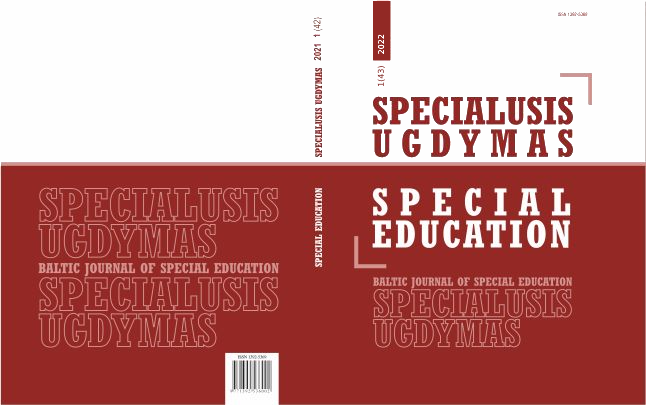Preference of Posterior Dental Restorations Among Patients Visiting A Private Dental Institution - A University Based Study
Main Article Content
Abstract
INTRODUCTION:
Composite restorative materials represent one of the many successes of modern biomaterials research, since they replace biological tissue in both appearance and function. Unfortunately, demands on these restorations with regard to mechanical properties, placement, and need for in situ curing leave significant room for advancements, particularly with respect to their properties, polymerization shrinkage and polymerization-induced stress, thermal expansion mismatch, fracture, abrasion and wear resistance, marginal leakage, and toxicity. Ultimately, these shortcomings reduce a restoration’s lifetime and represent the driving force for improvement in dental composites. This study aims to assess the restoration preference of patients visiting the private dental institution.
MATERIALS & METHODS:
Dental patients who visited our institution from June 2019 - july 2021 , 200 patients who had undergone class 1 restorations were included in the study and simple random sampling method was followed to prevent bias . Each patient's dental records, treatment reports and photographs were reviewed thoroughly.The data analysis was done using Statistical Package for Social Sciences for Windows, version 26.0 (SPSS Inc., Chicago, IL, USA) and results were obtained. P-value (< 0.05) was considered statistically significant.
RESULTS:The study population had an equal male and female gender ratio (50%). Majority of the population has undergone composite restoration which is about 59.50%. Majority of the female had composite restoration compared to the male population which is about 32.50%, followed by age group of 18-22 had undergone composite restoration more compared to other age group
CONCLUSION: Within the limit of the study , it was concluded that composite restoration was the most common material used during class 1 restoration with female predilection. Furthermore studied to be done in a large sample size for better results.
